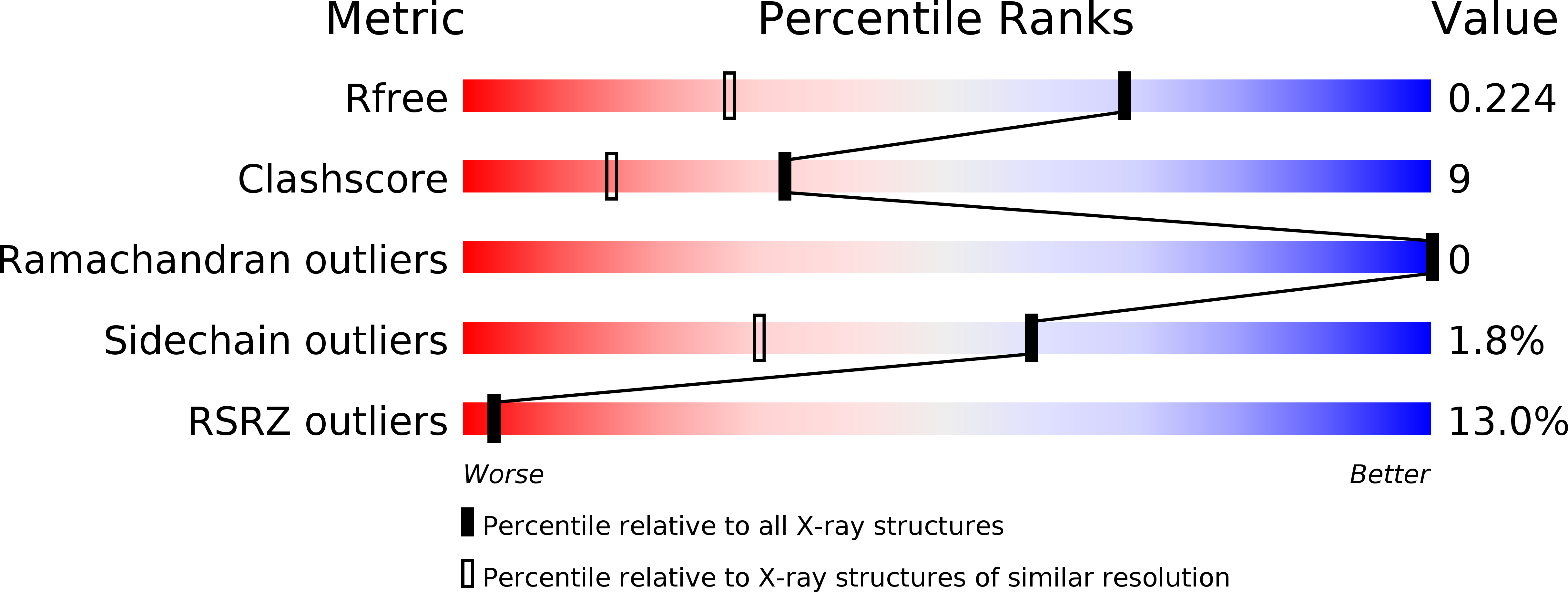
Deposition Date
2016-06-15
Release Date
2017-04-26
Last Version Date
2024-05-08
Entry Detail
PDB ID:
5LB7
Keywords:
Title:
Complex structure between p60N/p80C katanin and a peptide derived from ASPM
Biological Source:
Source Organism:
Mus musculus (Taxon ID: 10090)
Host Organism:
Method Details:
Experimental Method:
Resolution:
1.50 Å
R-Value Free:
0.22
R-Value Work:
0.18
R-Value Observed:
0.18
Space Group:
C 2 2 2


